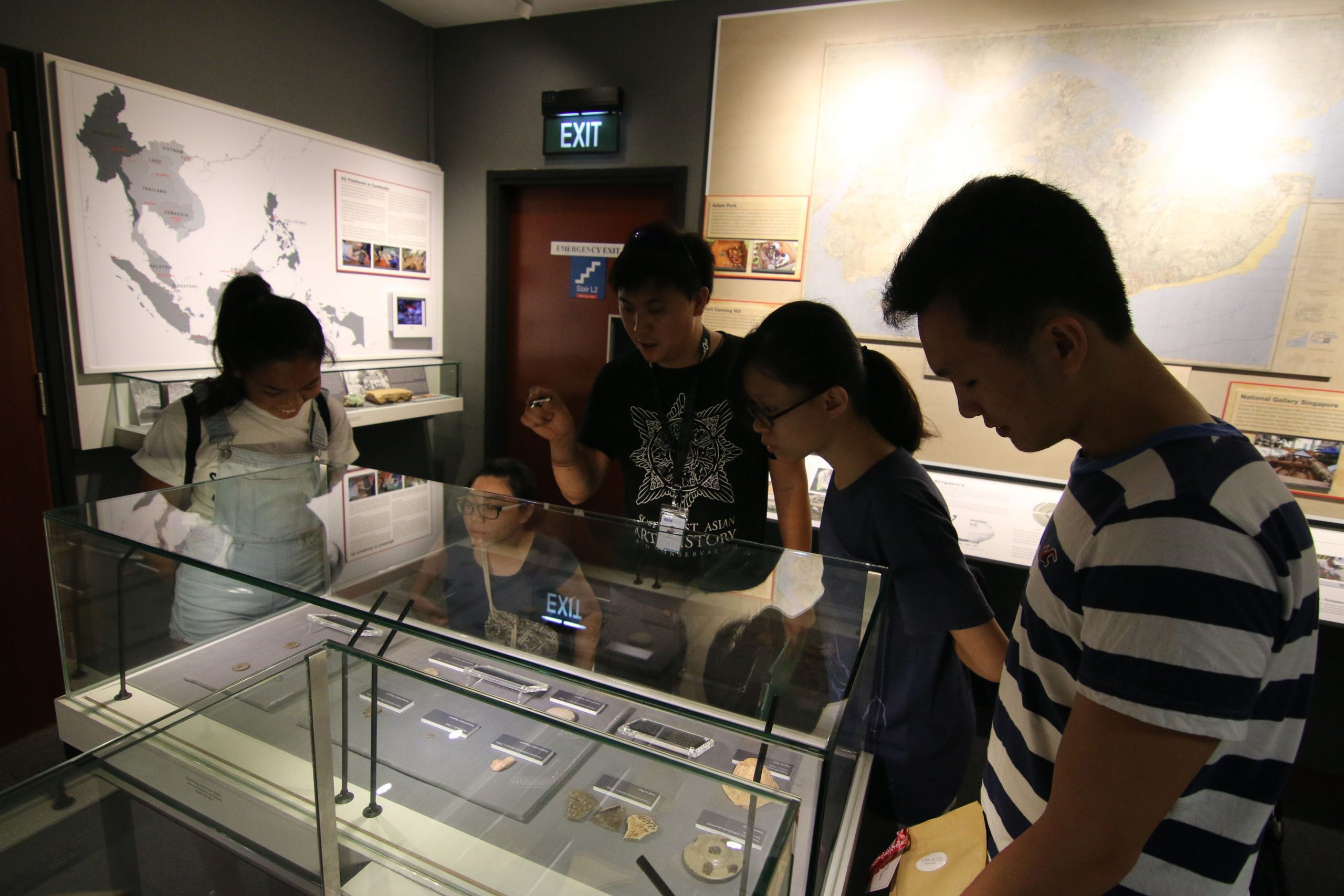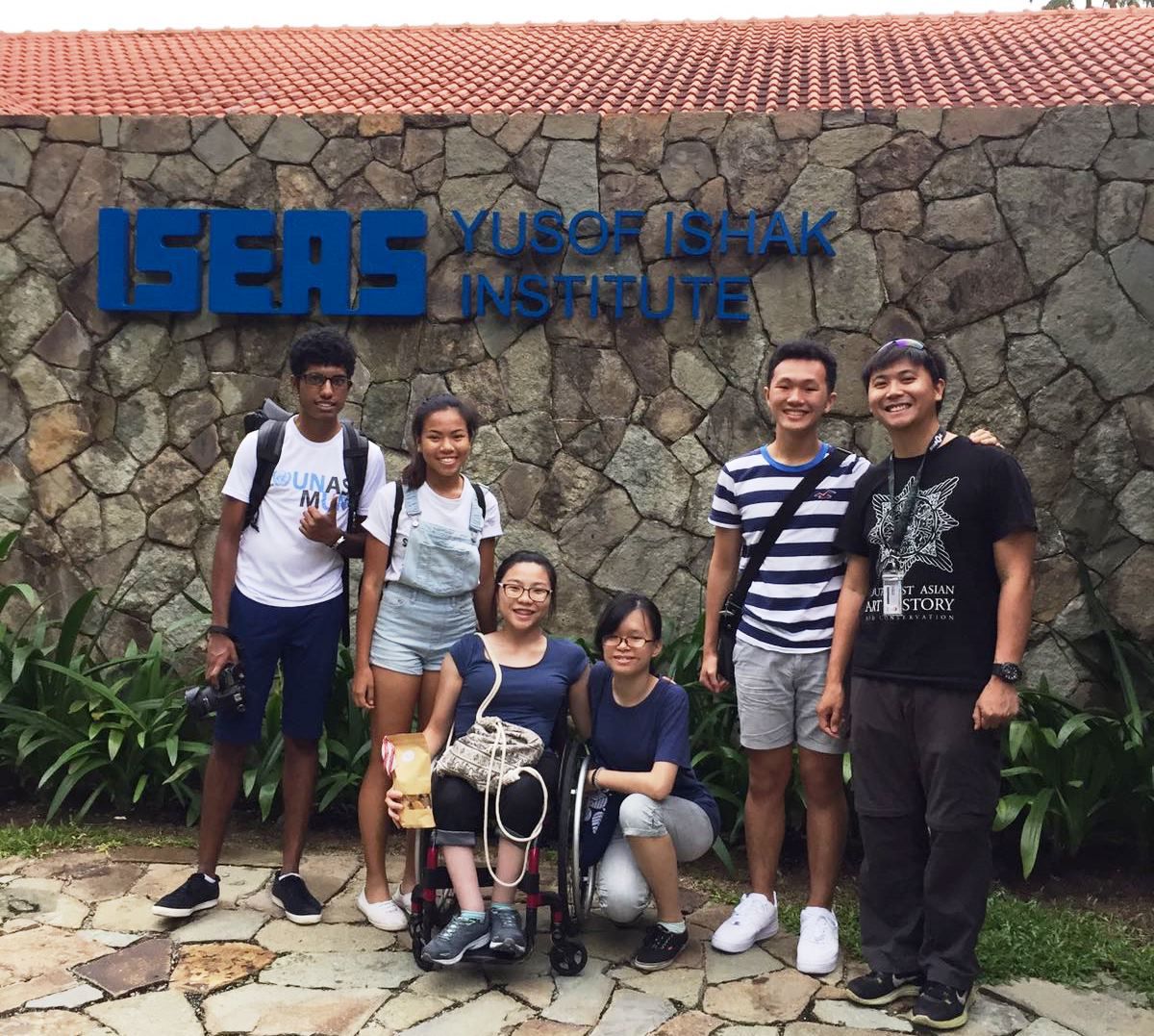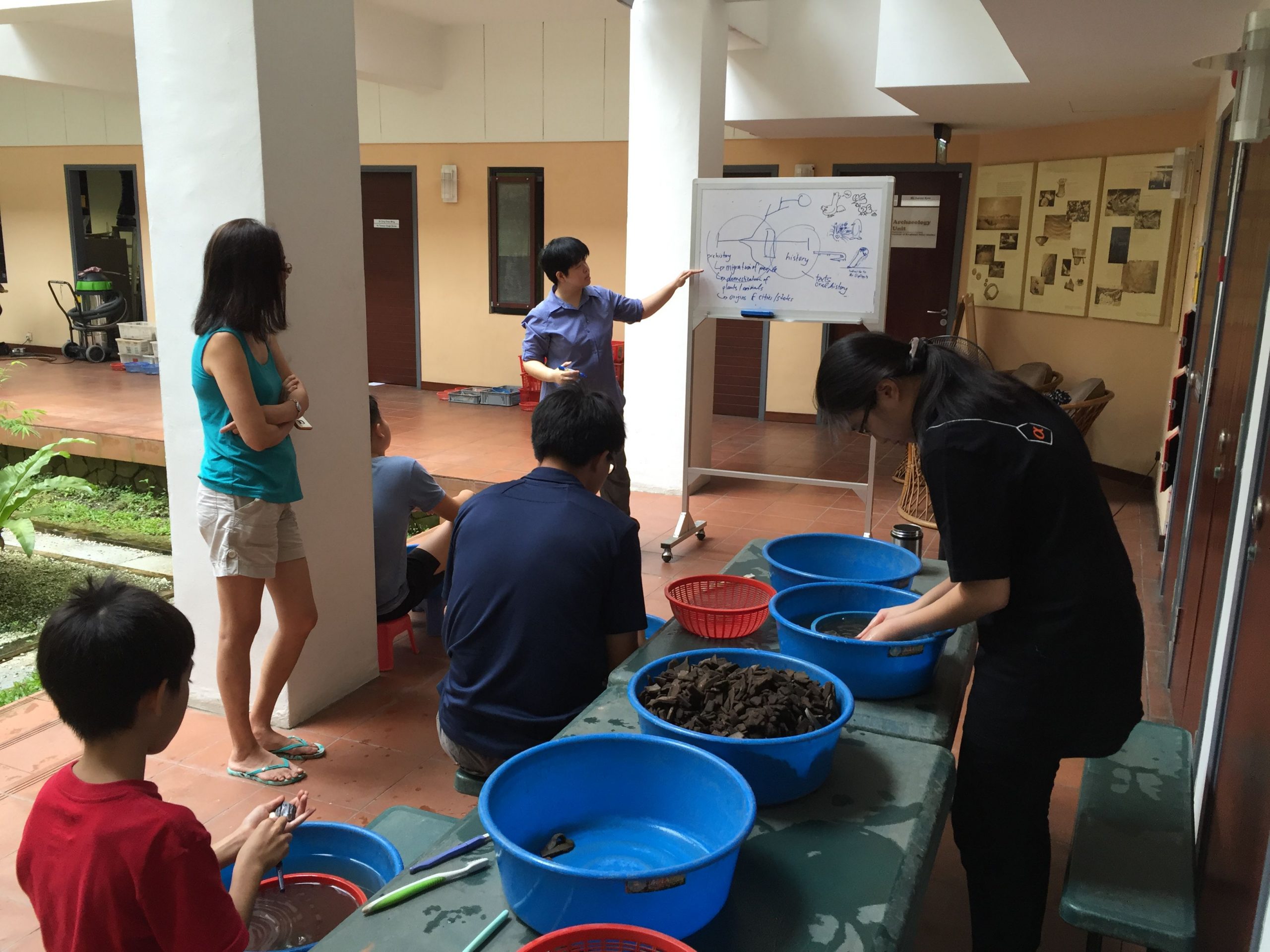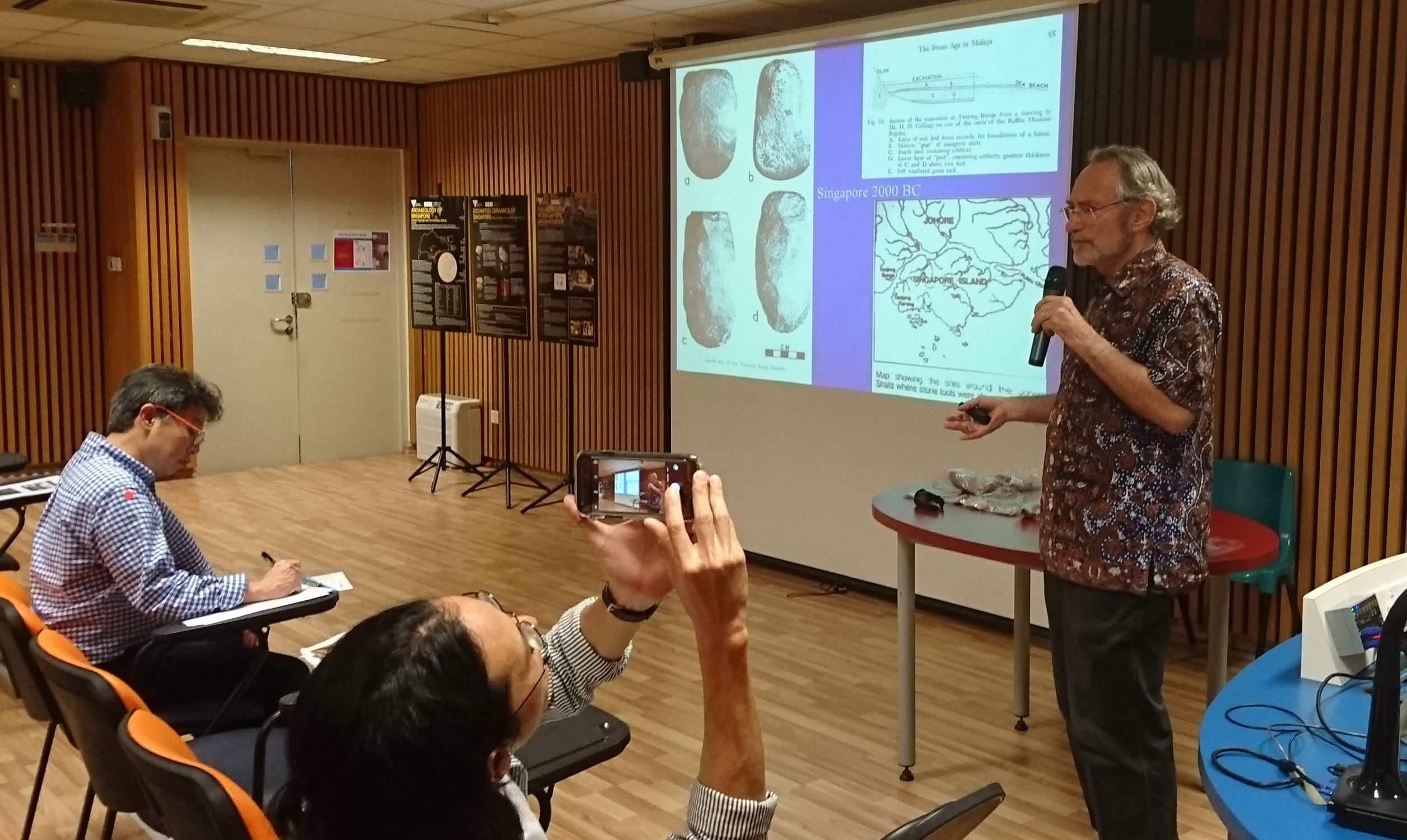
Discussions ranged from ghost stories, rare finds, myth-busting, validating obscure historical references with facts gleaned from new archaeological discoveries, and the large amount of artefacts recovered from Singaporean sites dating to the 14th century. Singaporean archaeologists are now analysing thousands of artefacts. This will offer a significantly enriched understanding of life patterns on the island and global connectedness for over 700 years.
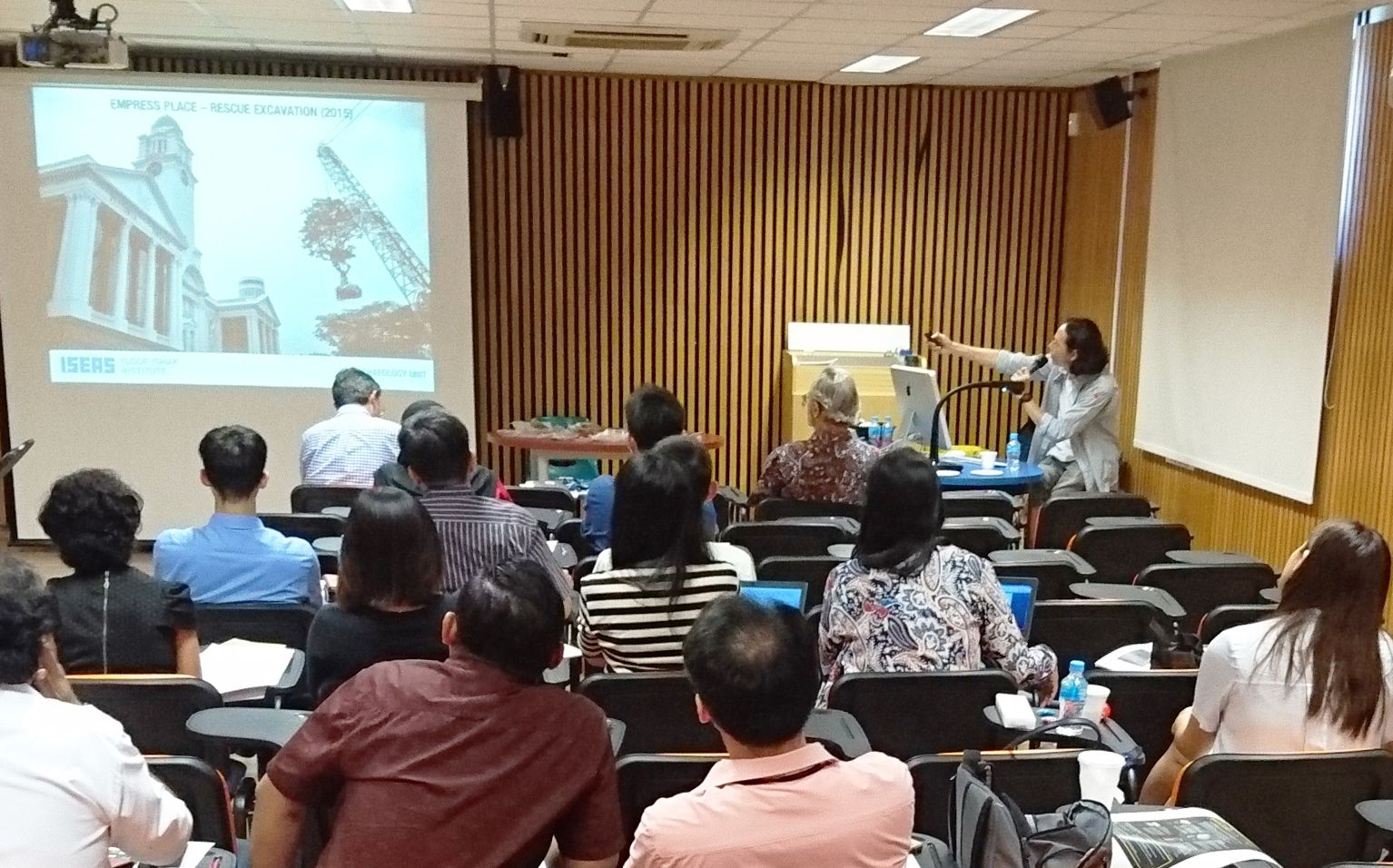
One point that was stressed during the workshop was that archaeology was not a field which proved or disproved history. Rather, the discipline is considered a historical science that focuses on the material remains and long-term impact of past societies. In short, archaeology provides a material perspective to complement history.
Who are we?
We are the Archaeology Unit (AU) at the Nalanda-Sriwijaya Centre (NSC), ISEAS – Yusof-Ishak Institute. The AU is Singapore’s sole national level agency with a dedicated professional archaeology team. ISEAS – Yusof Ishak Institute is a statutory board under the Ministry of Education. The AU is responsible for excavations in Singapore and runs several outreach programmes for schools and government agencies.
One of AU’s missions is to generate awareness and interest on archaeology as a field of study through our Archaeology Programme for Students (APS). APS aims to expose students and teachers to archaeology and show how it contributes to the understanding of Singapore’s past culture and society.
What do we do?
Archaeology is the study of human activity through the recovery and analysis of material culture. Archaeology, like any social science, requires researchers to collect data. To do so the archaeologist would need to conduct fieldwork to meticulously excavate, record and collect artefacts. Once the excavation is completed, the artefacts are transferred to the archaeological laboratory to undergo processing. This process consists of the cleaning, sorting, and cataloguing of the finds. It is only through this process that knowledge and discussion can be generated.
The Archaeology Programme for Students is now part of Temasek History Research Centre. Please click here for more information.



